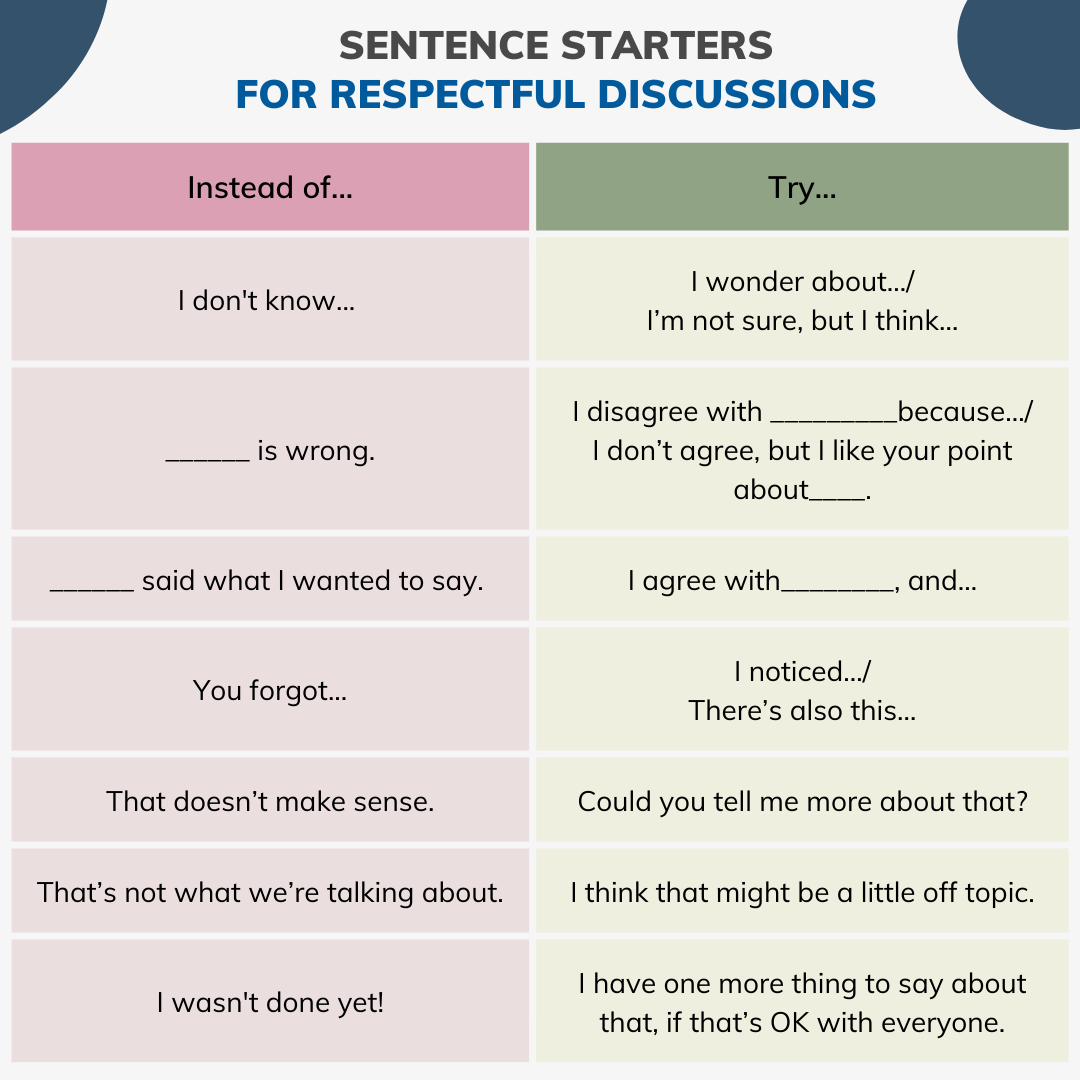There are many ways to educate your students on current events, so why should you choose a discussion format? For one, the skills required to foster these discussions are aligned with your annual assessment in the North Carolina Educator Effectiveness System, particularly the two standards below:
- II.a Teachers provide an environment in which each child has a positive, nurturing relationship with caring adults.
- V.e Teachers help students develop critical thinking and problem-solving skills.
Current-event discussions allow your students to play a part in creating a respectful classroom space and build the critical thinking and communication skills they will need to succeed in the 21st century.
Discussing current events in the classroom can be an exciting opportunity for students to express themselves and learn about the world, but it can also feel like uncharted territory. Unlike a firm lesson plan, discussions can wander off-topic, fall flat, or grow heated, but giving students guidelines and tools will help them keep discussions respectful and on track. This lesson will explore strategies for starting your classroom discussions off on the right foot. View the video below to learn about one of the common problems you’ll need to address in discussions.

/2.png)

